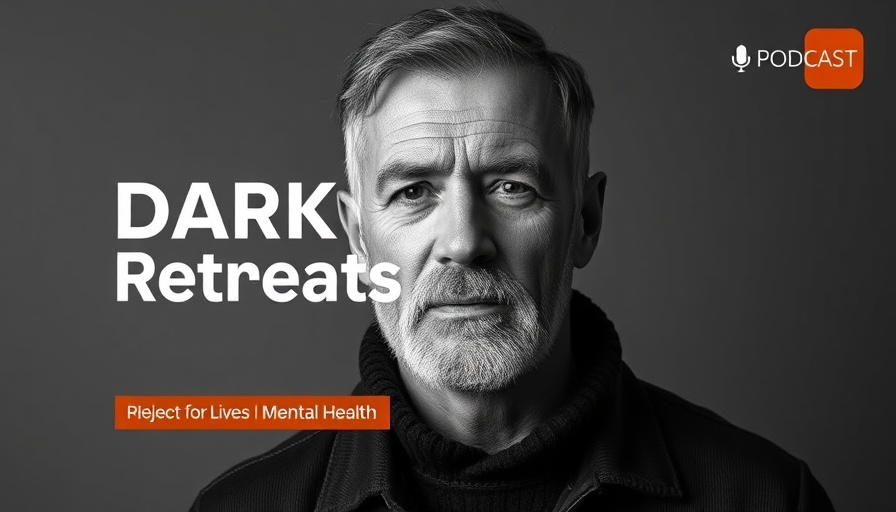
The Rising Tide of Anxiety Disorders: A Need for Awareness
Across the globe, anxiety disorders are becoming increasingly prevalent, affecting millions of individuals and families. With the rise in economic pressures, the aftermath of COVID-19, and the constant bombardment of social media, the urgency for mental health awareness and support has never been greater. Particularly vulnerable groups like youth, women, and the elderly face immense challenges, often feeling overwhelmed by generalized anxiety disorders, panic attacks, and various phobias.
Understanding Anxiety: Symptoms and Coping Strategies
Anxiety symptoms can manifest in various forms, from persistent worry to panic attacks and physical symptoms such as increased heart rate and restlessness. For those less familiar with mental health issues, recognizing these symptoms is crucial. Educators and caregivers play a vital role in identifying signs of anxiety and providing necessary support. Simple coping strategies, such as breathing exercises and mindfulness techniques, can help manage symptoms. Therapy options like cognitive behavioral therapy (CBT) and holistic approaches, including yoga and meditation, offer effective tools for recovery.
The Impact of Economic Stress and Unemployment Anxiety
The economic landscape has significantly influenced mental health, with rising unemployment rates feeding anxiety disorders. The uncertainty stemming from financial instability exacerbates feelings of fear and helplessness. Addressing economic stress through mental health policy reform, increased funding for mental health services, and support for vulnerable populations is essential. Community outreach programs can foster resilience and create supportive networks, lessening the stigma surrounding these issues.
The Role of Community Support and Early Intervention
Research highlights the importance of early intervention strategies in treating anxiety disorders effectively. Connecting individuals with support groups and resources like the SADAG helpline can pave the way for recovery. Community programs, including school-based mental health education, promote awareness and underscore the need for collective action against mental health stigma. These initiatives can empower individuals while creating a sense of belonging that cultivates emotional resilience.
Technological Innovations for Mental Health: Teletherapy and Online Resources
Digital mental health solutions have gained traction, providing accessible resources for those struggling with anxiety. Online counseling and therapy apps offer help at the fingertips of individuals. Moreover, health care access has expanded due to digital platforms, allowing for greater outreach to rural populations and those facing cultural barriers. However, the need for compassionate and culturally-sensitive care remains essential to ensure that we address the varied experiences of anxiety across different demographics.
Overcoming Stigma: The Collective Responsibility
Reducing stigma is integral to promoting mental health awareness. Public awareness campaigns that highlight personal narratives foster understanding and empathy, encouraging individuals to seek help without fear of judgment. These efforts should also acknowledge the complexities surrounding anxiety disorders, including the factors of socioeconomic status and cultural considerations influencing access to care.
A Call to Action for Mental Health Advocacy
As we move forward in addressing anxiety disorders, let us unite to bring about change in our communities. By supporting mental health funding initiatives, participating in public awareness campaigns, and fostering open dialogues about mental wellness, each of us can contribute to a healthier society. Together, we can empower individuals battling anxiety and usher in a new era of understanding and support in mental health care.
 Add Row
Add Row  Add
Add 




Write A Comment